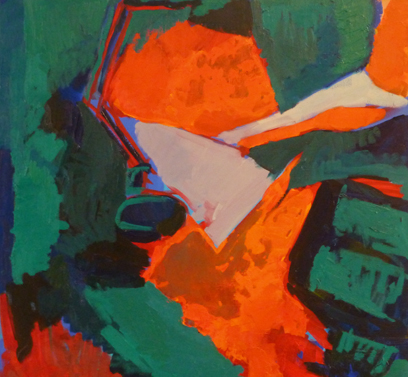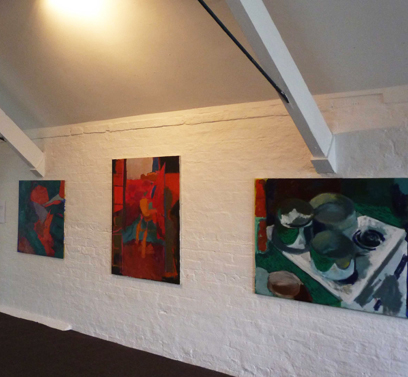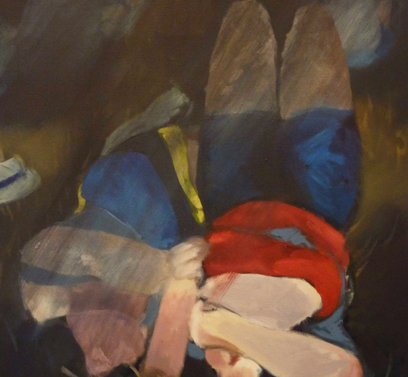So This is Permanence will affirm as well as question the role of portraiture within contemporary art. The artists will explore emotive subjects of identity, relationships and how personal interiors relate to our self portrait.
Rose Parish, Lucy Tushingham, Lucy Somers and Pip Preece will consider portraiture through painting and photography, using innovative approaches. Multicanvas compositions, larger than life daily self portraiture and abstract painting will observe the social artificiality of identity as it relates to an expanding digital presence and the intimate emotion of personal spaces.
Rose Parish has worked directly with experimental digital landscape photography for many years and is now contemplating and studying how drawing effects can compose and relate to her paintings. Her specialist areas are photography, drawing and painting. In her current work she is studying the narrative of human emotion and expression and how to progress this into form yet leaving room for suggestion. She is motivated to capture the human form as a subject and vehicle for communicating notions of existence.
Lucy Somers deals with portraiture in terms of how we relate to our surroundings. Her paintings are a collection of snatched glimpses and sideway glances from within domestic spaces. In these fleeting moments, gesture forms the part your mind fills in and colour creates a sense of natural order. With a grounding in abstract colour work Lucy explores her fascination with interior spaces and questions how the spaces we create for ourselves are a proxy self portrait.
Pip Preece was short listed for the 2008 Royal Academy A-Level Summer Exhibition Online with ‘Relaxing Dancer’. Her current series explores how the advent of social networking and online communication affects the depiction of ‘friendships’. Her innovative compositions reference the tagging process and distance the subjects by highlighting their detachment and overstated representations of relationships.









